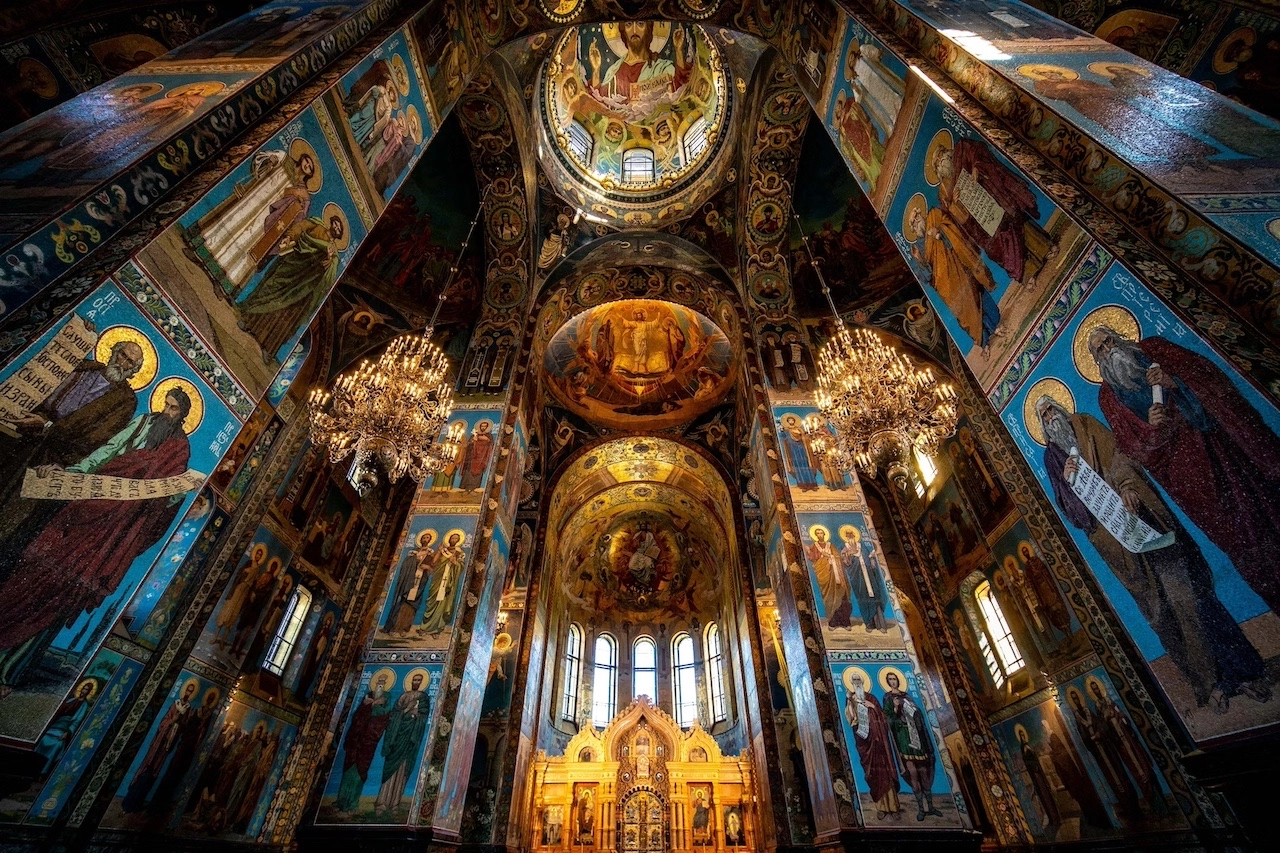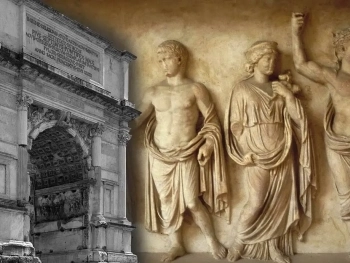The intricate relationship between religion and architecture is a captivating narrative that has shaped the built environment throughout history. From towering cathedrals to serene temples, religious beliefs have profoundly influenced architectural styles, reflecting the spiritual values and cultural identities of communities. This article explores the fascinating interplay between religion and architecture, delving into how divine designs have manifested in structures across diverse faiths.
I. Sacred Geometry and Symbolism:
- Islamic Architecture: The Beauty of Geometry Islamic architecture is renowned for its exquisite geometric patterns, intricate tilework, and arabesque designs. These elements are not merely decorative but carry profound symbolic meanings, reflecting the order and harmony inherent in the Islamic understanding of the cosmos.
- Mandala in Hindu Temples: Cosmic Symbolism Hindu temples often feature mandala designs, circular patterns that represent the universe. The intricate carvings and layouts mirror the cosmic order, creating a sacred space that aligns with the spiritual principles of Hinduism.
II. Gothic Cathedrals: Reaching for the Divine
- Verticality and Ascent Gothic cathedrals, such as Notre-Dame in Paris, are characterized by soaring spires and towering structures. The verticality of these buildings symbolizes the human aspiration to reach towards the divine, emphasizing the transcendence and otherworldliness inherent in Christian beliefs.
- Stained Glass Narratives Stained glass windows in Gothic cathedrals serve as visual narratives, depicting biblical stories and religious symbolism. The interplay of light and color creates an ethereal atmosphere, enhancing the spiritual experience for worshippers.
III. Zen Buddhism: Harmony in Simplicity
- Japanese Zen Gardens and Temples Zen Buddhism values simplicity and harmony in its architectural expressions. Zen gardens and temples, such as the Ryoan-ji in Kyoto, emphasize minimalism and balance, creating spaces for meditation and contemplation.
- Tatami Mats and Sliding Doors Traditional Japanese architecture often incorporates tatami mats and sliding doors, fostering a connection with nature and the surrounding environment. The design principles reflect the Zen philosophy of mindfulness and simplicity.
IV. Syncretism in Religious Architecture:
- Bahá'í House of Worship: Unity in Diversity The Bahá'í House of Worship, with its nine-sided structure, exemplifies the principle of unity in diversity. Each side represents one of the major world religions, emphasizing the Bahá'í belief in the essential oneness of all religions.
- Interfaith Spaces: Embracing Diversity Modern religious architecture increasingly includes interfaith spaces that aim to be inclusive and welcoming to people of various faith traditions. These designs often prioritize shared values and emphasize unity amid diversity.
The influence of religion on architecture is a testament to the profound ways in which spiritual beliefs shape the physical world. Whether through the sacred geometry of Islamic design, the Gothic spires reaching for the heavens, the simplicity of Zen Buddhism, or the syncretic expressions of interfaith spaces, divine designs continue to inspire awe and contemplation. By unraveling the layers of meaning within these architectural marvels, we gain insights into the deep connections between the sacred and the built environment, reminding us that the places we build for worship are not just structures but embodiments of spiritual narratives and cultural identities.




